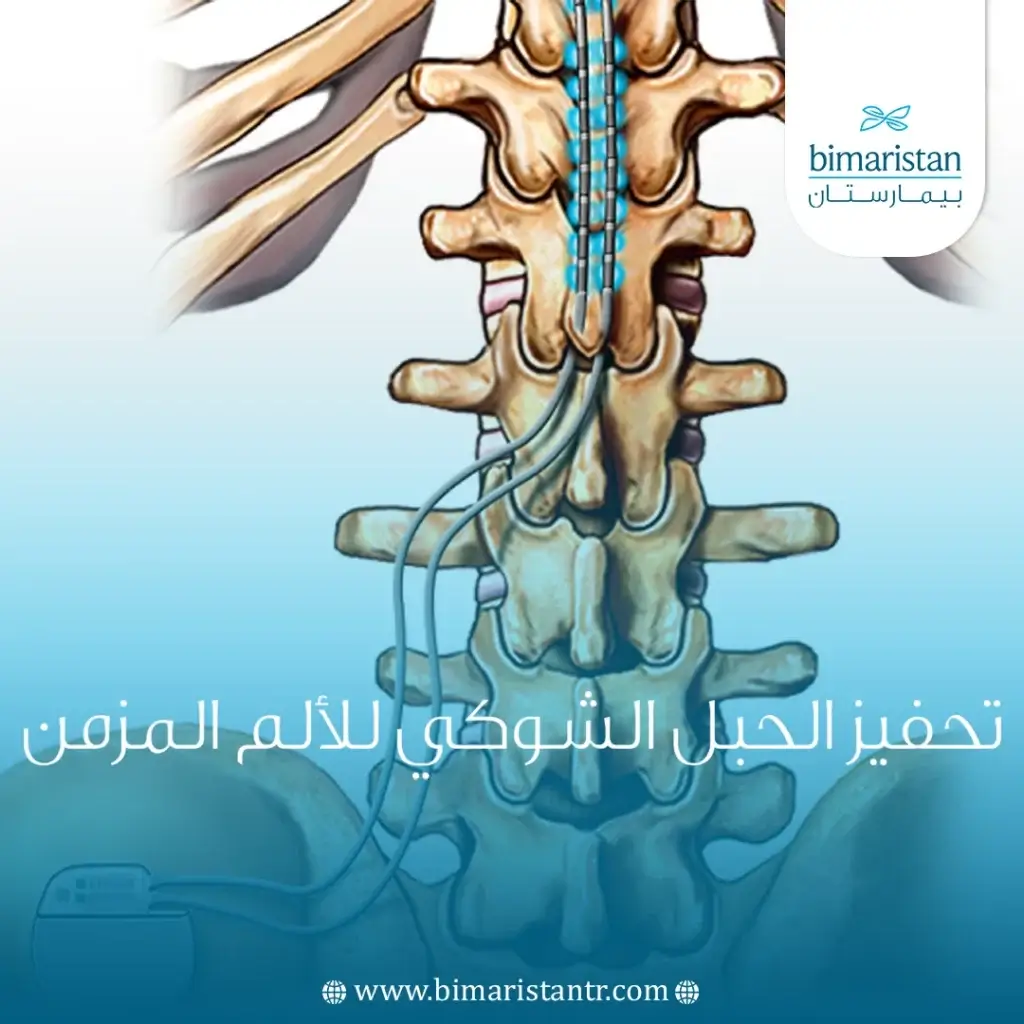هل تعاني من آلام مزمنة في ظهرك ورقبتك ومللت من استخدام المسكنات؟ تقنية تحفيز الحبل الشوكي للألم المزمن المستخدمة في تركيا تخلصك من ألم رقبتك وظهرك المزمن.
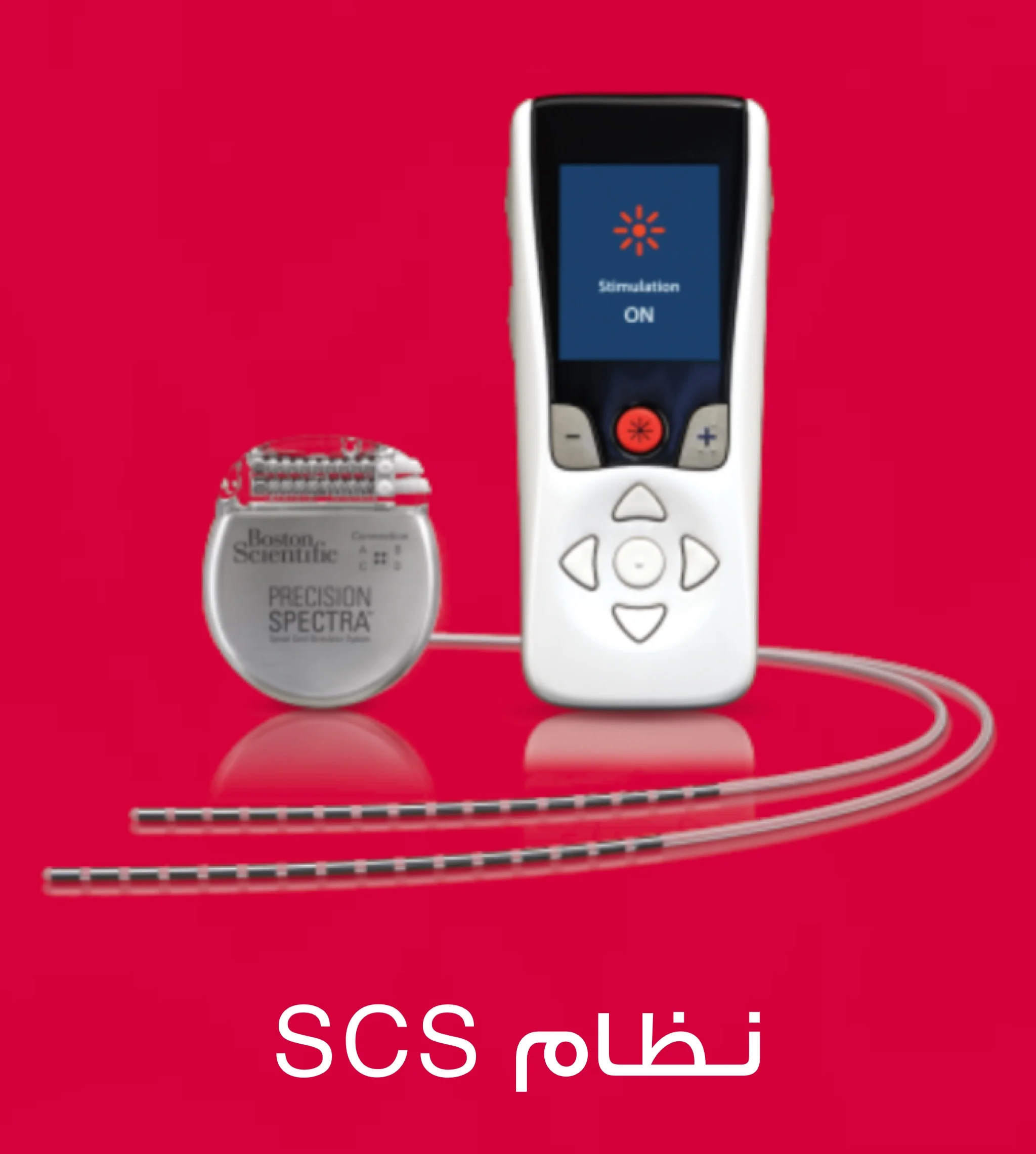
أصبح تحفيز الحبل الشوكي (SCS) معيارًا لرعاية الأشخاص الذين يعانون من آلام الرقبة والظهر المزمنين. سمحت التطورات في تقنية SCS للأشخاص الذين يعانون من آلام مزمنة مرتبطة بالعمود الفقري بتقليل أو إلغاء حاجتهم إلى الأدوية والعودة إلى حياة مريحة ومنتجة
ما هو تحفيز الحبل الشوكي؟
يعرف تحفيز الحبل الشوكي على أنه تقنية حديثة من شأنها المساعدة في تخفيف الألم وتحسين نوعية الحياة للأشخاص الذين يعانون من آلام مزمنة (طويلة الأمد). مثل آلام أسفل الظهر والساق. كما قد يساعد هذا التحفيز (SCS) في تقليل وإدارة الألم المزمن الذي لا يزول بالعلاج الطبيعي أو مسكنات الألم أو الحقن أو العلاجات غير الجراحية الأخرى.
تحفيز النخاع الشوكي هو شكل من أشكال التعديل العصبي الذي يعمل عن طريق منع إشارات الألم في الأعصاب من الوصول إلى الدماغ. حيث تتم معالجة مشاعر الألم. محفز الحبل الشوكي عبارة عن جهاز صغير يتم زرعه تحت الجلد. يقوم الجهاز بإيصال نبضة كهربائية طفيفة تخفي إشارات الألم أو تغيرها قبل أن تصل إلى عقلك.
يتكون نظام SCS من المكونات التالية:
- جهاز التنبيه العصبي: جهاز صغير يُزرع تحت الجلد ويرسل نبضات كهربائية عبر سلك (يؤدي) إلى الأعصاب في النخاع الشوكي.
- سلك التوصيل: سلك رفيع يُزرع في العمود الفقري ويوصل النبضات الكهربائية من جهاز التحفيز العصبي.
- جهاز التحكم عن بعد: يقوم بتشغيل وإيقاف المحفز العصبي ويزيد أو يقلل من كمية التحفيز.
- الشاحن: تتطلب محفزات الأعصاب القابلة لإعادة الشحن عادةً شحن حوالي ساعة واحدة كل أسبوعين.
تتوفر مجموعة متنوعة من محفزات الحبل الشوكي التي تعمل بطرق مختلفة لتقليل الألم من خلال التعديل العصبي:
- تنتج محفزات الحبل الشوكي التقليدية إحساسًا بالوخز اللطيف الذي يخفي الشعور بالألم.
- ترسل محفزات انفجار الحبل الشوكي دفعات متقطعة من النبضات الكهربائية المصممة لتقليد الطريقة التي يرسل بها الجسم النبضات العصبية.
- تعمل محفزات الحبل الشوكي عالية التردد على تقليل الألم دون إحداث إحساس بالوخز.
ما أنواع الألم التي يعالجها تحفيز الحبل الشوكي؟
تم اعتماد آلية تحفيز الحبل الشوكي من قبل إدارة الغذاء والدواء الأمريكية لعلاج آلام الظهر أو الساق المزمنة التي تحدث في أحد جانبي الجسم أو كلاهما. بما في ذلك الألم الذي يبقى بعد جراحة الظهر (متلازمة جراحة الظهر الفاشلة).
السبب الأكثر شيوعًا لاستخدام SCS هو آلام الظهر والساق المزمنة. وهذا يعني ألم الظهر أو الساق الناجم عن تلف الأعصاب من حادث أو إصابة أو مرض. على عكس الألم الحاد (على سبيل المثال، لمس مقلاة ساخنة أو الدوس على درج) حيث يقدم الألم غرضًا وقائيًا. يستمر ألم الاعتلال العصبي المزمن لمدة 3 أشهر أو أكثر ولا يساعد في حماية الجسم.
يستخدم تحفيز النخاع الشوكي أيضًا لعلاج متلازمة الألم الإقليمية المعقدة (CRPS). وهي حالة نادرة نسبيًا تؤثر على الذراعين / اليدين أو الساقين / القدمين ويُعتقد أنها ناجمة عن تلف أو خلل في الجهاز العصبي. بالإضافة إلى ذلك، يتم استخدام SCS لعلاج آلام الأعصاب الطرفية، وهي تلف الأعصاب خارج النخاع الشوكي (عادةً في اليدين أو القدمين) الناجم عن عدوى أو صدمة أو جراحة أو مرض السكري أو أسباب أخرى غير معروفة.
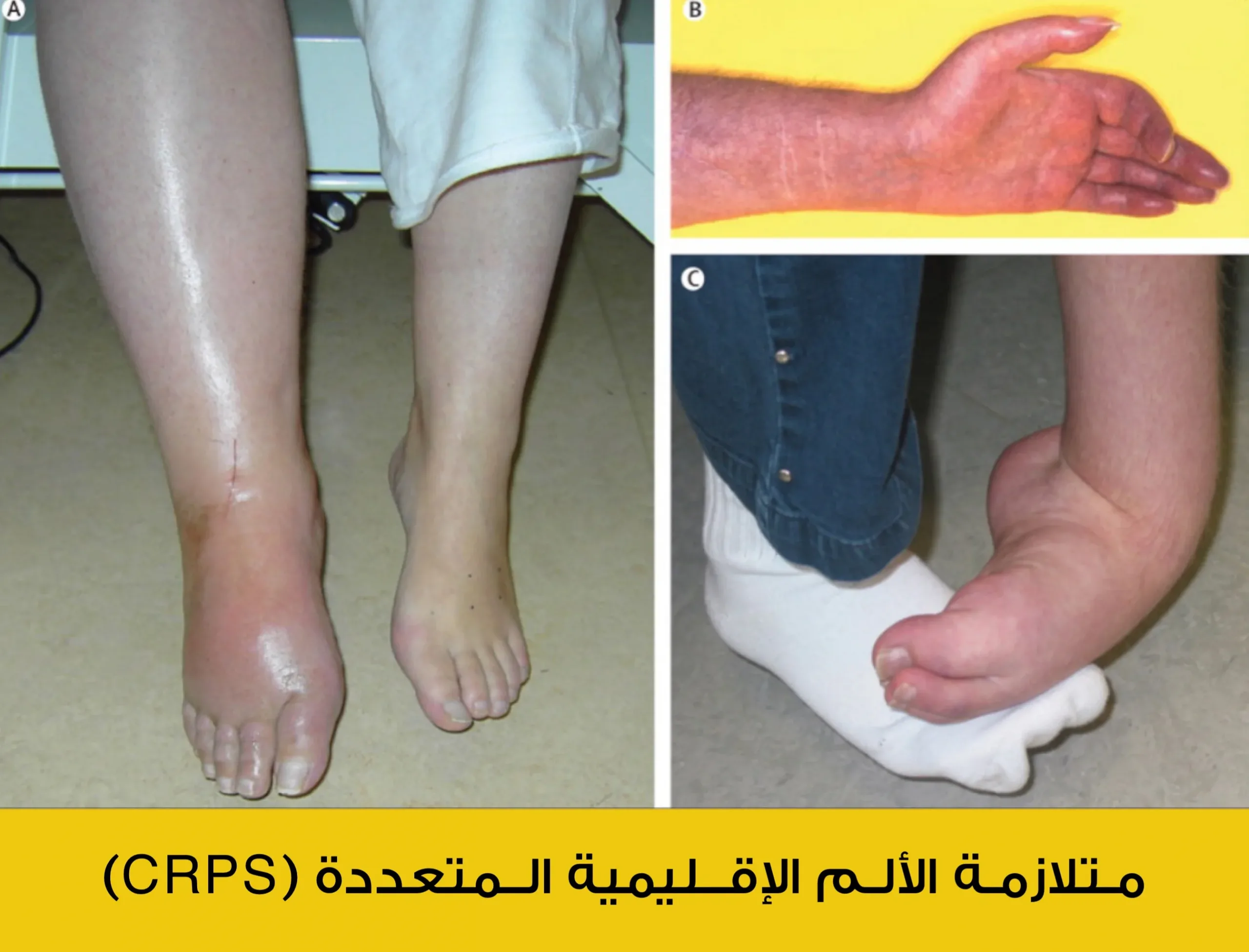
كيف يتم زرع محفز الحبل الشوكي؟
تحفيز الحبل الشوكي (SCS) هو تقنية جديدة نسبيًا في تركيا وحول العالم يمكن أن تساعد في إدارة الألم المزمن عندما لا يمكن إزالة سبب الألم أو لا يمكن إصلاح الإصابة. يتكون الجهاز من سلك تحفيز أو “قطب كهربائي” بوحدة تحكم أو “مولد”. عن طريق وضع قطب كهربائي محفز على الحبل الشوكي، لا يمكن إرسال إشارة الألم من العمود الفقري إلى الدماغ. بعد أن يتم تقييم المريض واستخدام العلاجات غير الجراحية، هنا يأتي دور تحفيز الحبل الشوكي للمساعدة في إدارة الألم المزمن. غالبًا ما يخضع المريض لاختبارات الصحة العقلية والاستشارة حتى يفهموا كيفية إدارة الجهاز المزروع.
يتم إجراء التجربة عن طريق وضع سلك أو سلكين في الفراغ خارج الحبل الشوكي والتحكم فيهما من وحدة خارج جسم المريض. عادة ما يتم الاحتفاظ بهذا السلك في مكانه لمدة أسبوع تقريبًا. ويكون المريض قادرًا على اختبار مدى فعالية التحفيز عبر السلك في تخفيف الألم. التحفيز عبارة عن نبضة كهربائية خفيفة للغاية لا يشعر بها المريض عادة. تخفي هذه النبضات الكهربائية إشارة الألم ويمكن ضبطها على مدار التجربة للحصول على أكبر قدر ممكن من تخفيف الألم. تعتبر التجارب ناجحة إذا تمكنت من إزالة نصف آلام المريض.
تسلسل عملية تحفيزالحبل الشوكي في تركيا
بعد التأكد من كون التجربة التي تم إجراؤها ناجحة يتم تجهيز المريض لعملية جراحية لوضع محفز دائم. يتم ذلك عادةً عن طريق إجراء شق صغير في الظهر وآخر بالقرب من الخصر. يتم وضع قطب كهربائي أو سلك صغير مسطح من خلال شق في الخلف إلى الفراغ خلف الحبل الشوكي. ثم يتم شق السلك تحت الجلد إلى شق بالقرب من الخصر حيث يتم توصيله بمولد صغير يعمل بالبطارية.
يتم وضع المولد تحت الجلد عند شق الخصر. ثم يتم اختبار النظام وإذا وجد أن كل شيء يعمل بشكل صحيح، يتم عندها إغلاق الشقوق وتنتهي الجراحة. يتم التحكم في المحفز بجهاز تحكم عن بعد صغير محمول باليد، والذي يمكن استخدامه لإجراء التعديلات حسب الحاجة. يجب إعادة شحن بطاريات بعض المولدات كل بضعة أيام والبعض الآخر لا يحتاج إلى إعادة الشحن على الإطلاق. عادةً ما تحتاج البطاريات غير القابلة لإعادة الشحن إلى استبدالها كل 3-5 سنوات تقريبًا بينما يمكن أن تدوم البطاريات القابلة لإعادة الشحن لأكثر من 10-15 عامًا.
ما هو وقت التعافي بعد زرع SCS؟
يتراوح وقت الشفاء بعد الإجراء ما بين 6 إلى 8 أسابيع. قد تشعر بألم وتورم في موقع الجرح وفي المنطقة التي يتم فيها زرع الجهاز (على سبيل المثال، الأرداف العلوية). يجب أن تختفي هذه الأعراض بعد بضعة أيام.
بعد زراعة جهاز تحفيز الحبل الشوكي مباشرة، يجب تجنب الأنواع التالية من الحركات:
- الرفع.
- الانحناء.
- التمدد.
- الالتواء
خلال فترة التعافي، سيجتمع ممثل شركة SCS الموفرة لجهاز التحفيز معك لتحسين الإعدادات وتدريبك على ميزات إضافية.
عُد إلى أنشطتك العادية تحت إشراف الطبيب. يُنصح بالتمارين الخفيفة، مثل المشي، لمساعدتك على بناء القوة وتخفيف الألم.
عمر بطارية المحفز
تحتاج البطارية الخلوية الأساسية عادةً إلى الاستبدال كل 4 إلى 5 سنوات حسب الاستخدام. تدوم البطارية القابلة لإعادة الشحن عادةً حوالي 10 سنوات.
ما هي الفوائد المحتملة لتحفيز الحبل الشوكي؟
تحفيز الحبل الشوكي (SCS) هو شكل من أشكال التعديل العصبي الذي يعمل عن طريق منع إشارات الألم في الأعصاب من الوصول إلى الدماغ. بالإضافة إلى تقليل الألم، تشمل الفوائد المهمة الأخرى لـ SCS ما يلي:
- تحسين الأداء
- زيادة النشاط والتنقل
- تقليل استخدام المواد الأفيونية
- قلة الحاجة إلى مسكنات الألم الأخرى
- اعتماد أقل على الدعامة
- تحسين النوم
تختلف تأثيرات SCS من شخص لآخر، ومن المهم أن تفهم أن SCS قد تساعد في تقليل الألم، ولكن ليس القضاء عليه.
ما هي المخاطر المحتملة لقنية تحفيز الحبل الشوكي للألم المزمن؟
أثناء زرع SCS، هناك خطر حدوث نزيف أو عدوى أو ألم في موقع الجراحة أو تلف الأعصاب أو (نادرًا) الشلل.
في بعض الأشخاص، قد يتراكم النسيج الندبي فوق القطب في نهاية السلك الموصل. مما يمنع النبضات الكهربائية للمحفز من الوصول إلى هدفه. بالإضافة إلى ذلك، قد يتحرك السلك أو يتحول، أو يرسل التحفيز إلى الموقع الخطأ. أو قد ينتقل المحفز العصبي تحت الجلد مما يجعله مؤلمًا أو يصعب شحن البطارية أو الاتصال بجهاز التحكم عن بعد المحمول باليد.
هناك أيضًا خطر ضئيل يتمثل في أن السلك الموصل قد ينكسر أو قد يتعطل المحفز ويتطلب استبداله. أخيرًا، قد يستجيب بعض المرضى جيدًا لـ تحفيز الحبل الشوكي في البداية، لكنهم يتطورون لاحقًا إلى تحمل العلاج. في هذه الحالة، يعود الألم لأن الأعصاب تتوقف عن الاستجابة للتشكيل العصبي.
الاحتياطات المتبعة عند القيام بالتحفيز الكهربائي للحبل الشوكي في تركيا
ناقش مع طبيبك ما يمكنك وما لا يمكنك فعله أثناء زرع أو تنشيط SCS (توصيل نبضة كهربائية). فيما يلي بعض الاحتياطات التي يجب وضعها في الاعتبار:
- لا تقد السيارة ولا تشغل المعدات الثقيلة عندما يكون المحفز نشطًا.
- قد تقوم أنظمة SCS بإطلاق أجهزة الكشف عن المعادن في المطارات، على سبيل المثال، وقد يلزم فحص TSA يدويًا.
- التصوير بالرنين المغناطيسي، الكي الكهربائي، الإنفاذ الحراري، أجهزة إزالة الرجفان، وأجهزة تنظيم ضربات القلب، كل ذلك يمكن أن يتفاعل مع بعض أجهزة SCS، مما يؤدي إلى إصابة المريض أو تلف محفز الحبل الشوكي.
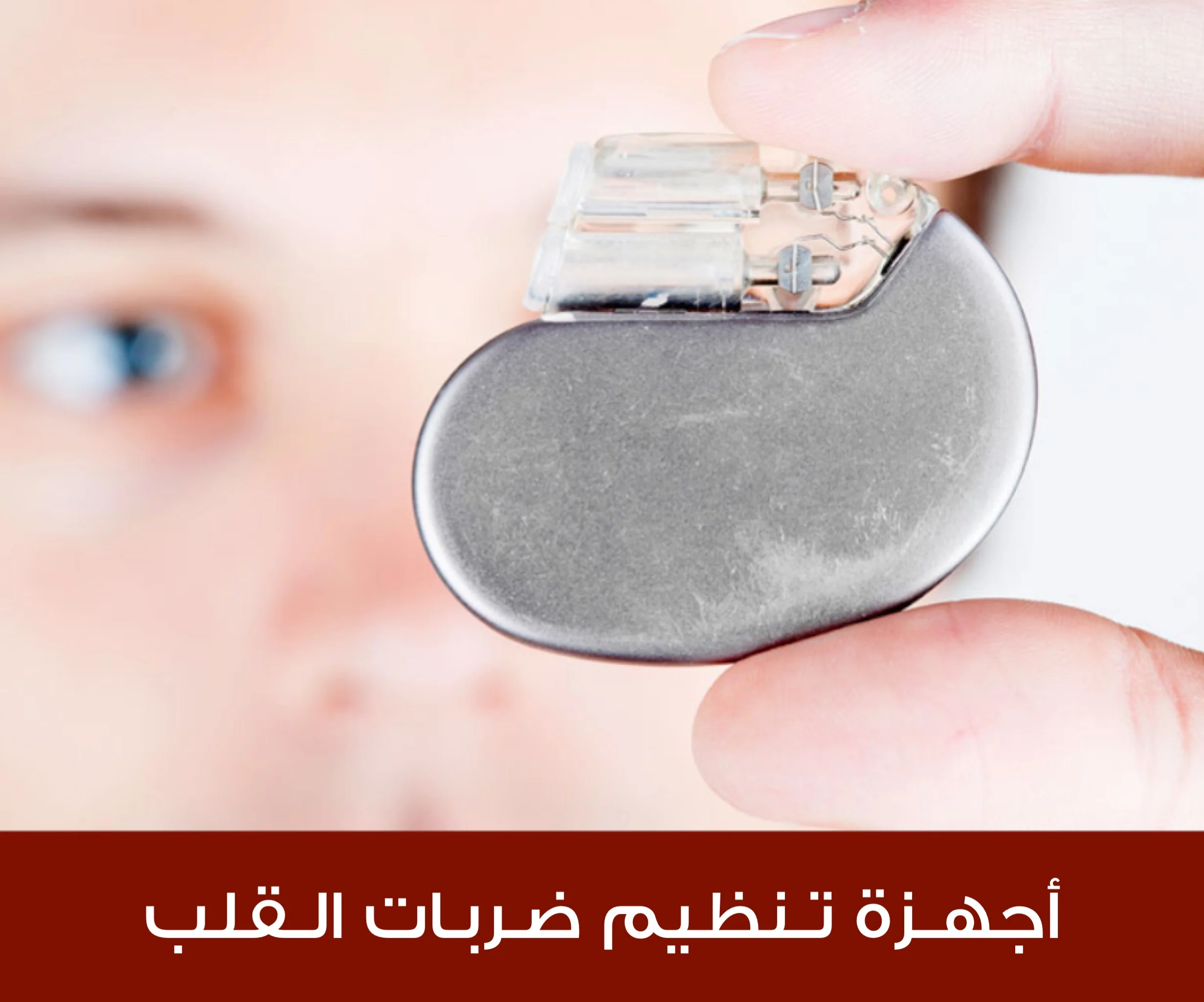
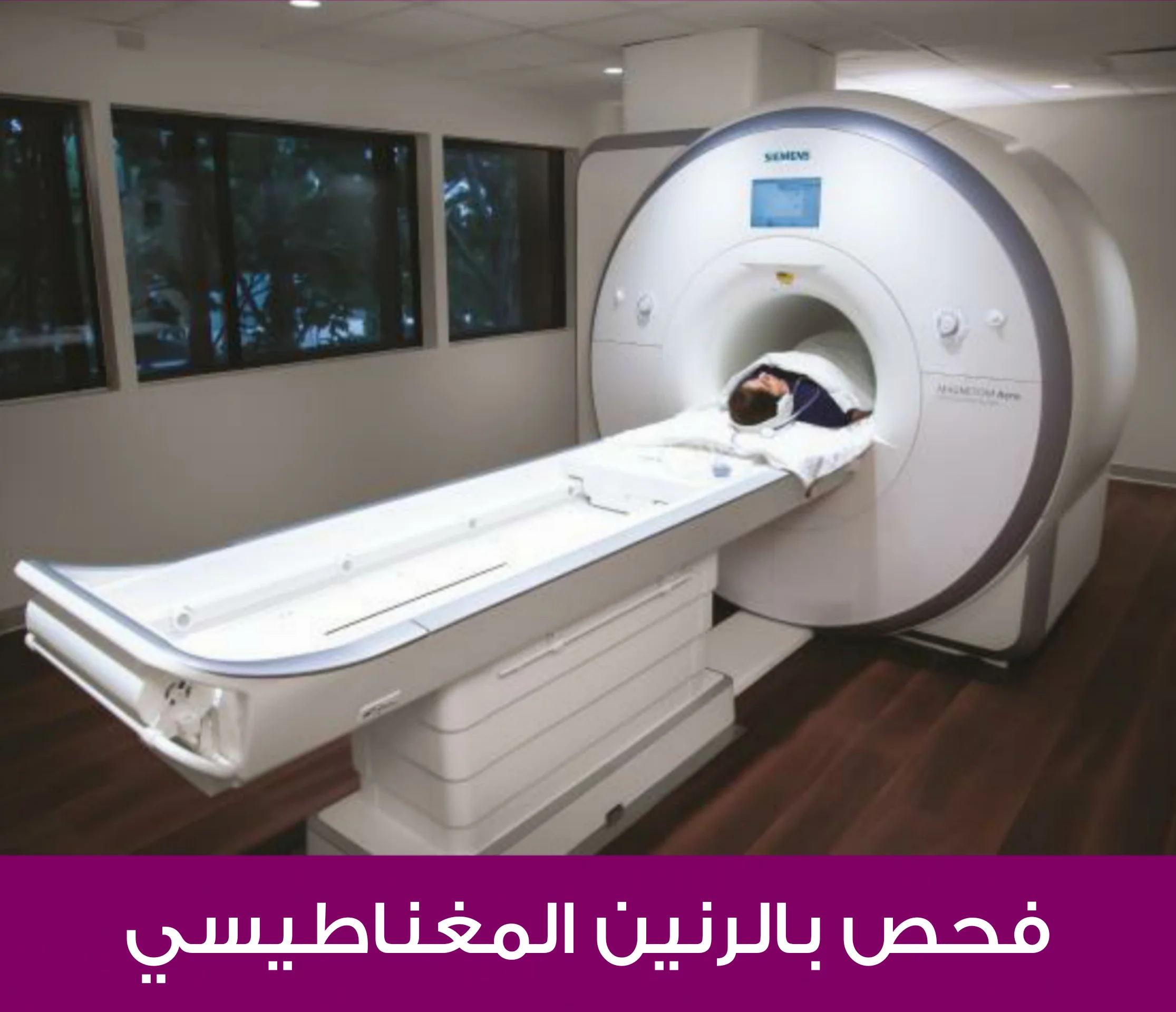
يعتمد قرار استخدام التحفيز الشوكي على احتياجاتك ومخاطرك الفردية. تحدث إلى طبيبك لتحديد ما إذا كانت تجربة محفز الحبل الشوكي هي خيار العلاج المناسب لك.
تواصل معنا في بيمارستان إذا كنت تعاني من ألم مزمن في رقبتك وظهرك، نحن سنساعدك في التخلص من كل آلامك. للمزيد من التفاصيل حول الجراحات الموجودة في تركيا ننصحك بقراءة المقال التالي من هنا.
